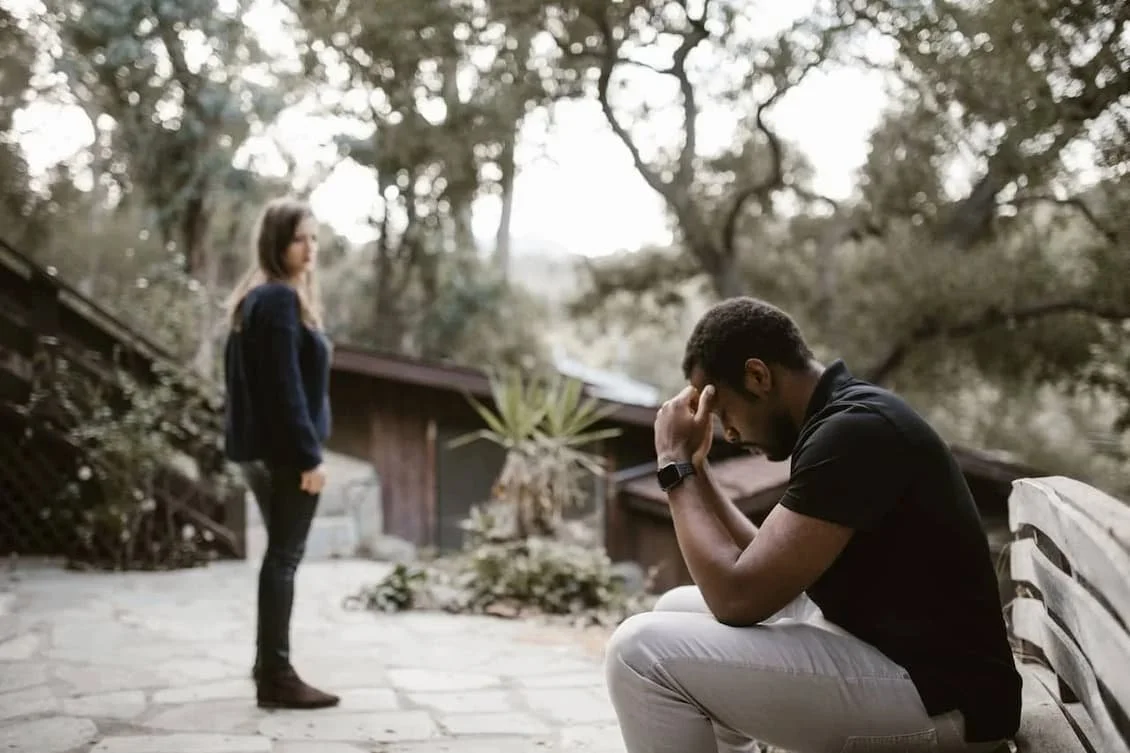Gaslighting in Relationships: How to Spot It and How to Deal With It
It seems like everyone is talking about gaslighting these days. However, if you aren’t careful with the information you’re getting, you can ironically be gaslighted about gaslighting. Put simply, gaslighting is emotional abuse in the form of deception and manipulation. The targeted person is conditioned to no longer trust their own perceptions. This can be accomplished through direct lies or, more often, subtle and insidious half-truths.
The rise of the internet, social media, and smartphones has accelerated the spread of deception. That said, gaslighting might still be most prevalent within romantic relationships. Understanding and avoiding this trend requires a deeper understanding.
Gaslighting in Relationships: How to Spot It
A gaslighter is a creative and cruel liar. They not only make up fabrications but they have more deceptions to use when their lies are exposed. Here are two common examples of how this plays out in a relationship:
Deflections and Distractions: When you tell lies, you must deflect attention from anyone who questions your mendacity. A gaslighter will leave you questioning yourself instead of them. Even when you have them cornered, they can distract you (and others) by changing the subject to you as an unreliable narrator.
Dismissal and Invalidation: Following up on the last sentence above, gaslighting must include attempts to make others feel confused and self-doubting. If you contradict them, they may go as far as acting concerned about your mental health while telling others about your behavior.
Even if tactics like these are hard to discern, you can explore your own emotions to identify red flags. For example, you may find yourself doubting yourself and even joking about how “ditzy” or “forgetful” you are. You second-guess yourself, and when someone challenges you, you automatically assume you did something wrong. Perhaps the most obvious sign involves you reflexively apologizing all the time.
Needless to say, every scenario will have unique components. Still, gaslighting follows a familiar template, and the first powerful step is to stop doubting yourself.
Gaslighting in Relationships: How to Deal With It
If you feel you might be dealing with a gaslighter, documentation can be essential. Your partner may be actively or unconsciously controlling the narrative. This is someone you know and trust, so this pattern can last for a while. But before things get too deeply embedded, it’s time to re-evaluate the situation.
Get some alone time to regroup and reassess your perspectives. Get advice from people you trust. Most of all, brace yourself for the possibility of having to face down a person who is acting like an abuser. Suggestions:
Take and save screenshots of digital communication
Keep a detailed journal of your interactions
In some cases, you may have to go as far as recording or filming discussions
Again, recruit trusted loved ones to help verify what you’ve been experiencing
It’s not about manipulating your own narrative. Your goal is to move closer to the truth. So avoid confirmation bias as you gather evidence. This might be an ideal time to connect with an experienced therapist who can guide you through a very difficult process. At some point, you will probably confront your gaslighter, and having professional support can make a world of difference.
Next Steps
When you’re targeted by a gaslighter, it’s not always something malicious. Your partner could be struggling in a variety of serious ways. That said, there is never a valid reason for manipulation. You can and must safeguard yourself even as you move your partner toward getting the help they need. To navigate these tricky waters, I urge you to reach out about couples counseling and talk as soon as possible.

